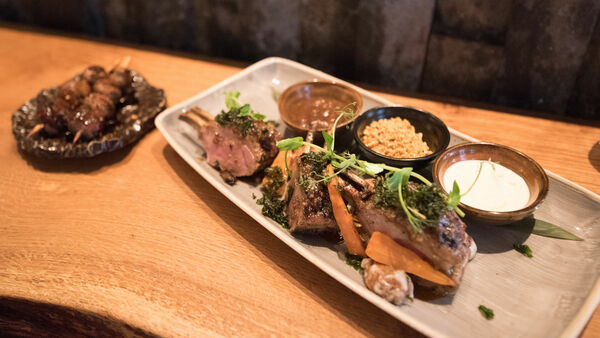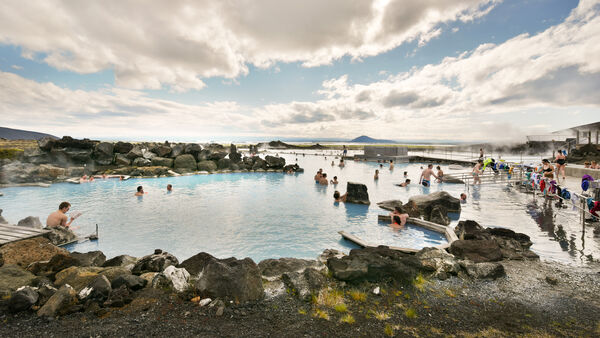Budget Tips for Iceland


By Rick Steves, Cameron Hewitt, and Ian Watson
Iceland is one of Europe's most expensive destinations, but visitors can take advantage of these strategies for keeping costs down and still bring home wonderful memories from their trip.
Picnic. Cultivate the art of picnicking in atmospheric settings. Seek out Iceland's discount supermarket chains — Krónan and Bónus — and use them to stock up. Consider bringing a few staples from home: In a place where a basic takeaway coffee costs $5 a cup, packing some single-serving instant coffee lets you caffeinate cheaply.
Know what's included. Icelandic restaurants happily provide diners with a free carafe of tap water — just ask. Don't feel obligated to purchase a drink. If you've paid for unlimited soup and bread, don't be shy about going back for seconds. And if someone offers you free coffee, take it! Since Iceland has a no tipping culture and taxes are included, you'll pay exactly the price you see on the menu.
Have a big lunch and a small dinner. Even the fanciest restaurants offer excellent value lunch specials in the $25 range. Enjoy a high-end, sit-down meal for lunch, then picnic or grab cheap takeout for dinner.
Economize on alcohol. Alcohol is priced at a premium, particularly in bars and restaurants. Stock up at the airport duty-free store on arrival — with the lowest prices in Iceland — or at government-run liquor stores (called Vínbúðin). If you're going to a bar, go during happy hour.
Take the airport bus. Reykjavík’s international airport (called Keflavík) is about 30 miles outside of the city center. Airport buses depart frequently and head into town for about $30 per person; meanwhile, a taxi starts at $150 (often more). Hopping into a cab without knowing the price can be an expensive mistake.
Skip the Blue Lagoon. While famous and a highlight for many visitors, the Blue Lagoon costs ten times as much as Iceland's many thermal swimming pools…which are also a more authentic experience. Reykjavík alone has more than a dozen municipal pools with water just as hot as the Blue Lagoon's. If visiting several pools, invest in a shareable multi-visit card.
Sightsee selectively. Icelandic museums are typically very good…but expensive (many around $20, with high-tech "experiences" at $40–50 or more). If you'll be sightseeing a lot in the capital, consider a Reykjavík City Card. Fortunately, many of Iceland's best attractions — its natural wonders — are free.
"Go" down the hall. Iceland's characteristic guesthouses typically offer basic rooms with a shared bathroom, which cost much less than rooms with ensuite bathrooms.
Splurge where it counts. When you do splurge, choose an experience you'll always remember: If you're a naturalist, invest in a whale-watching tour; if you like to eat, take a food tour or dine out at one top-end restaurant; if you're an adventurer, spelunk through a lava cave or hike across a glacier. Minimize souvenir shopping — most shops sell things that are extremely expensive, produced outside Iceland, or both. (Plus, how will you get it all home?) Focus instead on collecting wonderful memories.
Cameron Hewitt and Ian Watson are co-authors of the Rick Steves Iceland guidebook.

